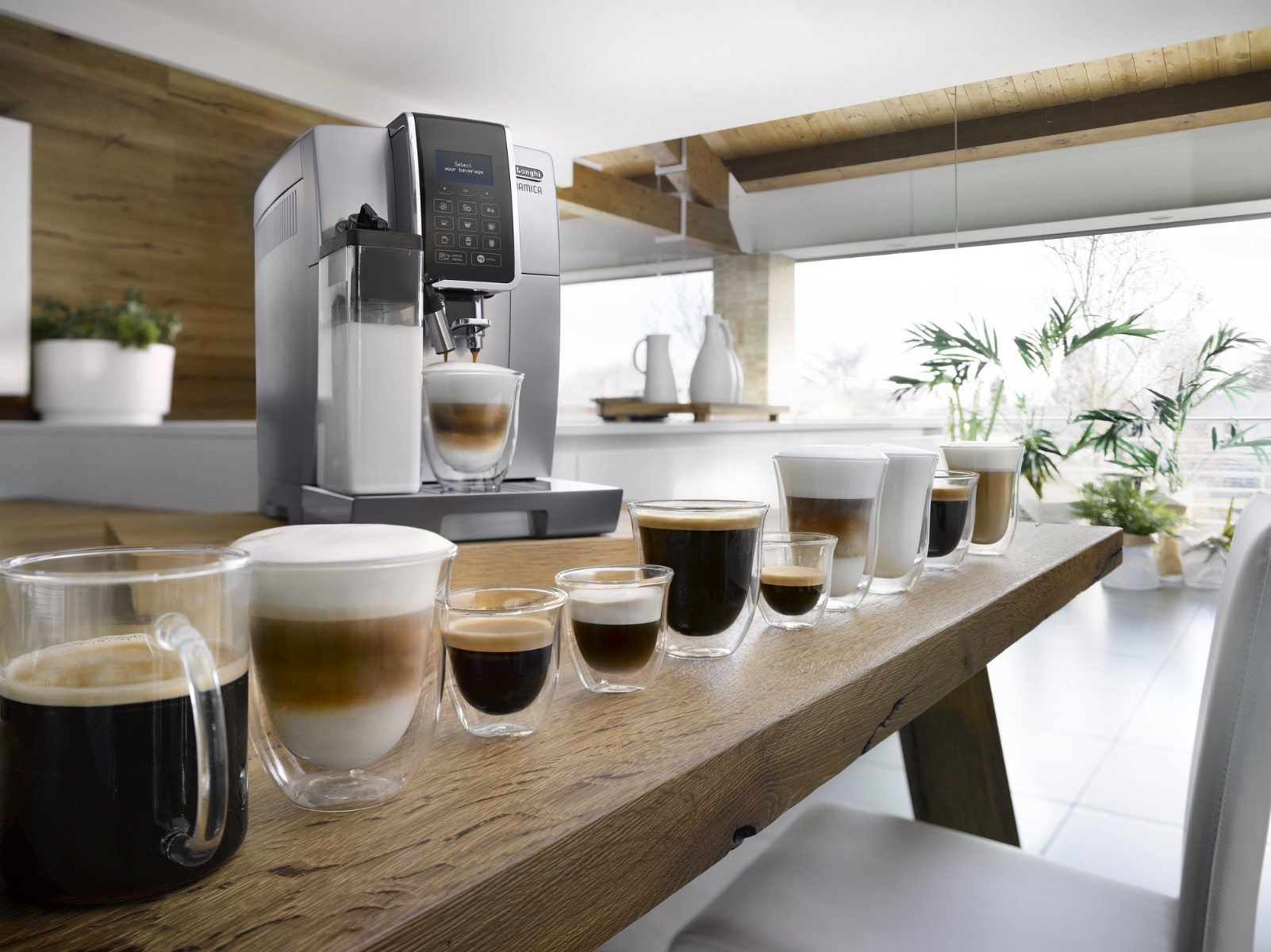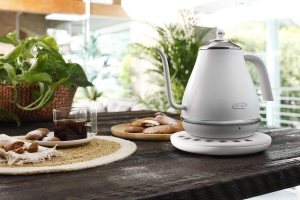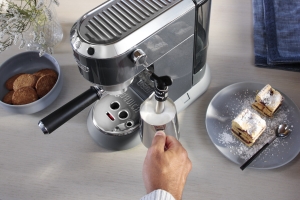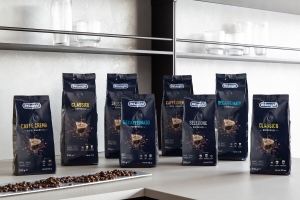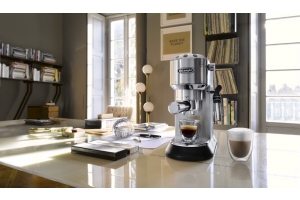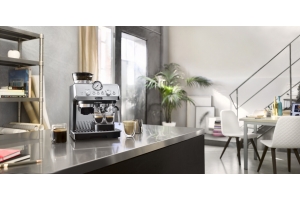Monthly Archives: February 2021
-
Posted: February 24, 2021Categories: Coffee 101
-
Posted: February 17, 2021Categories: The ToolsRead more »
Bean-to-cup coffee machines are one of the best investments coffee lovers can make. There’s truly nothing better, fresher, or smoother than a cup of coffee made from one of these easy-to-use machines. Need more convincing? Here are five reasons why you should own one.
1. Simple — No Training Required
[caption id="attachment_11538" align="alignnone" width="970"] A bean-to-cup coffee machine is an all-in-one machine that's easy to operate. Featuring the De’Longhi PrimaDonna S Evo. Photo from De’Longhi.[/caption] What sets a bean-to-cup coffee machine apart from a traditional espresso machine is that it’s a fully automated machine. It functions like a conventional coffee machine and it also does what a barista would normally do manually. All the pro tasks are done for you at the touch of a button, such as putting the beans through the grinder, pressing them down the portafilter, operating the espresso machine, and if you prefer your coffee with milk, steaming and frothing the milk. With a bean-to-cup coffee machine, you won’t have to go for intensive training to learn all these steps. You also won’t need to own multiple devices because functions such as grinding, extraction, and even milk-steaming are all built into just one machine. Still weighing your options? Here are the
A bean-to-cup coffee machine is an all-in-one machine that's easy to operate. Featuring the De’Longhi PrimaDonna S Evo. Photo from De’Longhi.[/caption] What sets a bean-to-cup coffee machine apart from a traditional espresso machine is that it’s a fully automated machine. It functions like a conventional coffee machine and it also does what a barista would normally do manually. All the pro tasks are done for you at the touch of a button, such as putting the beans through the grinder, pressing them down the portafilter, operating the espresso machine, and if you prefer your coffee with milk, steaming and frothing the milk. With a bean-to-cup coffee machine, you won’t have to go for intensive training to learn all these steps. You also won’t need to own multiple devices because functions such as grinding, extraction, and even milk-steaming are all built into just one machine. Still weighing your options? Here are the
-
Posted: February 10, 2021Categories: Coffee 101
-
Posted: February 03, 2021Categories: Coffee 101


